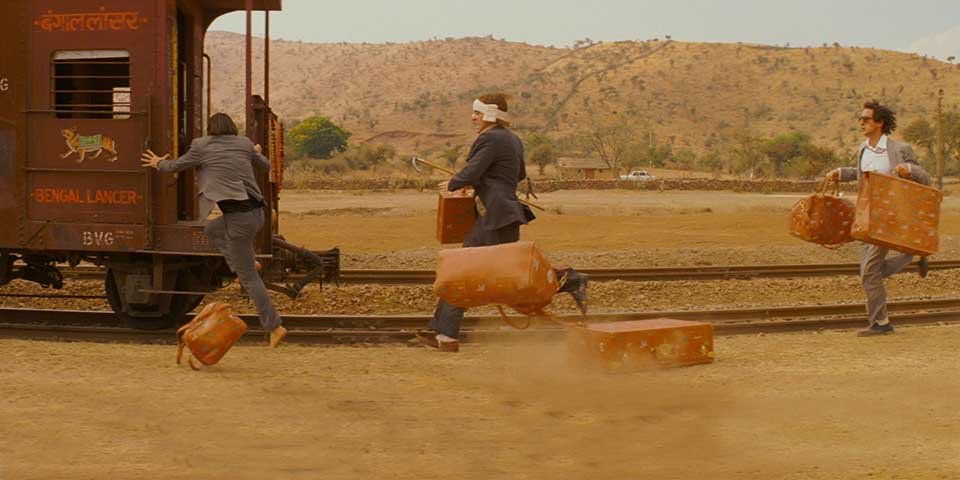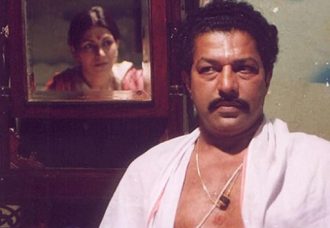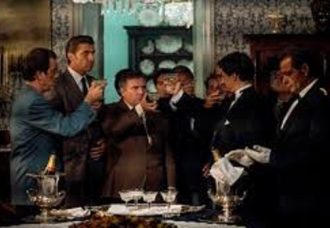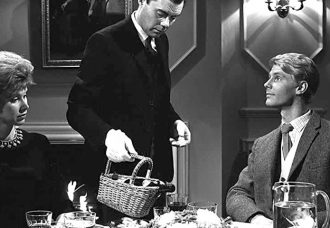Welcome to India, beautiful India. Sit back, and let The Darjeeling Limited show you around a place that exists mostly in the imagination. The package contains the usual fare of this genre: scenes of poojas, and other exotic Hindu ceremonies; loud, glaring colors; and foreigners arriving in India in search of salvation, and having tikas applied on their foreheads by beautiful Indian women.
Ironically, the story begins with a couple of westerners being late for an Indian train that is on time. Lead-writer—director—producer Wes Anderson must have had a freak experience of the bad sort in India. Why else would foreigners, who are treated with the utmost politeness in India, be greeted in a premium train by a steward who is cut and dry and does not smile!
In another scene, a frustrated westerner gapes hungrily at a stewardess and decides, ‘I want this woman’. That very night, he rings the bell. When she appears, he summons her into the washroom, and without a bat of an eyelid she enters and makes love to him there. Wow, as simple as that! Western men sure have some strange notions about Indian women.
The film drags unhurriedly past a sleepy countryside. For a while, I dozed off in between. I woke up, and looked out of the window. The train hadn’t moved too far and the lead characters, three estranged brothers, dysfunctional and prone to depression, were more or less in the same position that they were in earlier. Towards the end, though, they symbolically throw off all their baggage. That’s what’s truly great about India. The air eventually sets you free.
Good to see a Hollywood filmmaker dedicating a film to Satyajit Ray. However, far from Ray’s style, the film frequently employs the type of loud camera movements (such as fast pans from one side to the other and back, and zoom-ins, rather than the decent cuts and tracking shots) found in some of the B-grade masala movies. Sadly, the filmmakers seem to be absolutely unaware of the radical difference.
Odd though it may be seem, all this rubbish quite apparently is intentional. They remind me of another foreign-made ‘Bollywood-style’ movie in which a variety of objects from stage curtains to dazzling chandeliers, wine glasses, and a box of ice cubes were used for shot transitions. Such are the kind of films that are in tune with the western fantasies of colorful, beautiful India!








